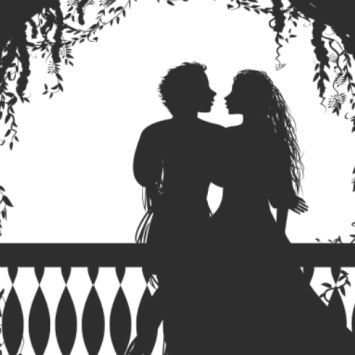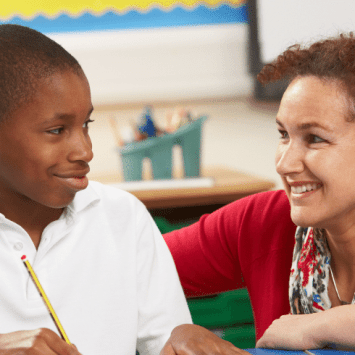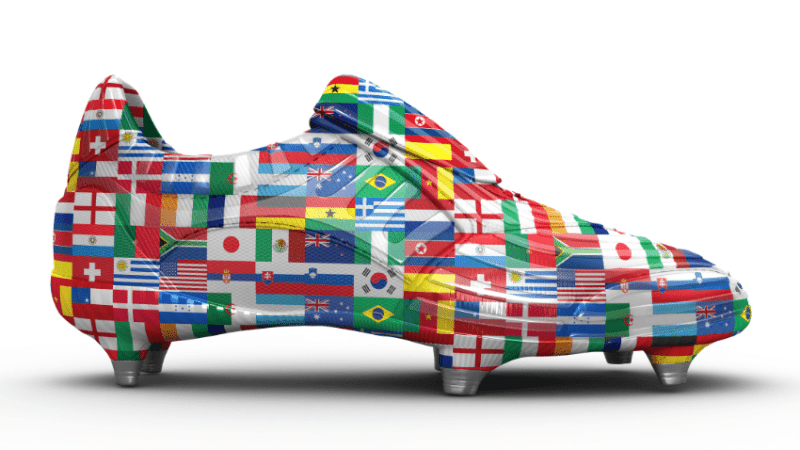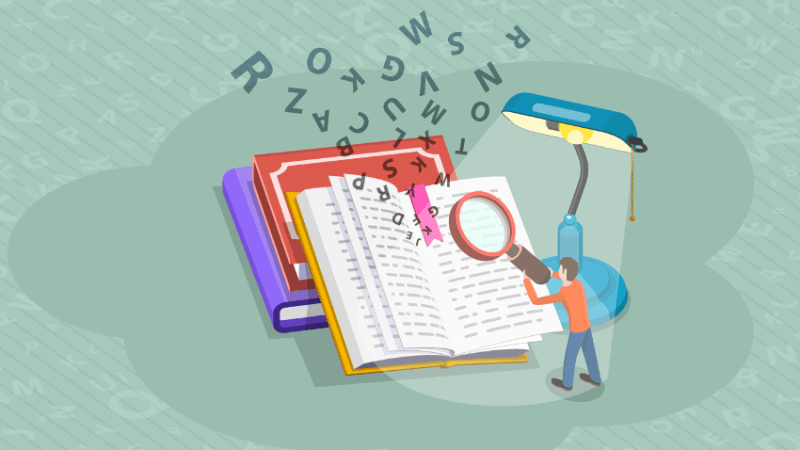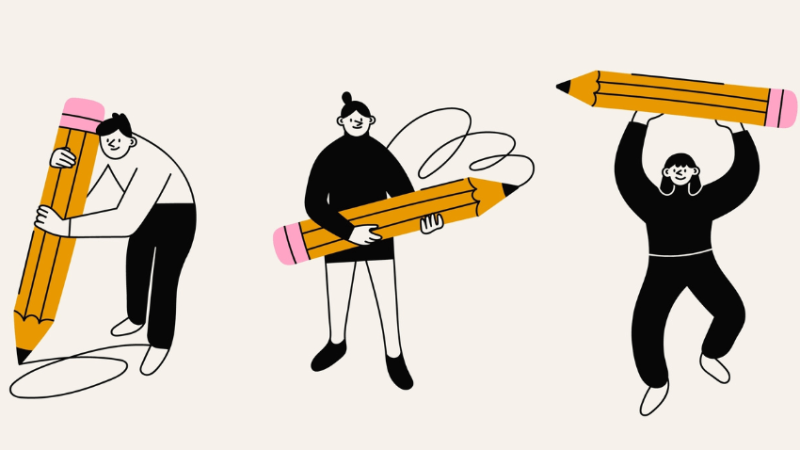Story structure – What pupils can learn from fairytales
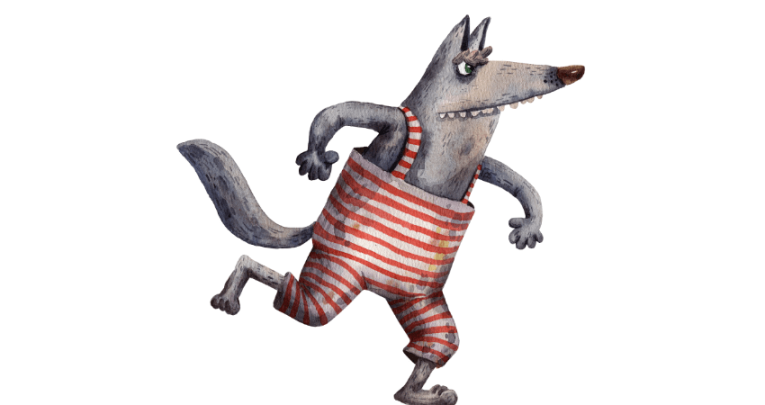
What can kids learn from the Big Bad Wolf? Hint – it’s much more than not to talk to strangers…

- by Mio Debnam
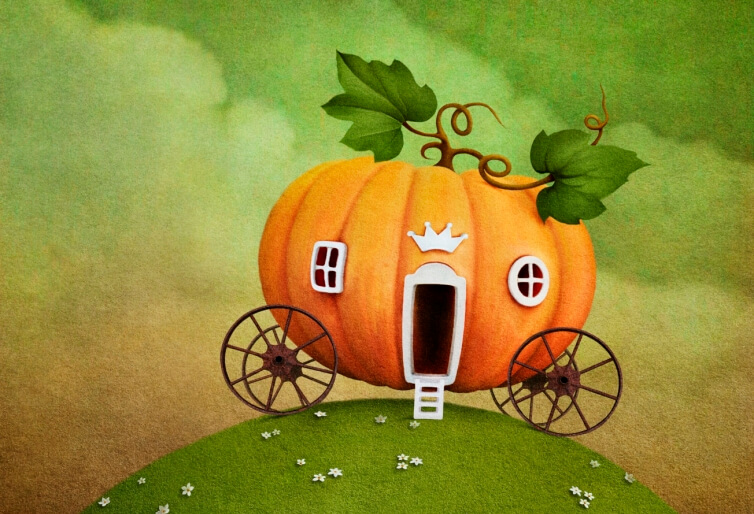
What do Star Wars, Die Hard and Little Red Riding Hood have in common? Apart from the themes ‘good triumphs over evil’ and ‘actions have consequences’, they also share a critical detail: their story structure revolves around three main acts.
Of course, this is not the only way to tell a story, but if you look around, you’ll see that the three-act structure (which dates back to Aristotle’s time) is used in everything from movies, to adverts, to fairytales.
It makes for a simple, straightforward yet satisfying narrative arc.
It’s also a good thing to teach pupils – because learning how to structure a story with a solid beginning, middle and end is a skill which will be helpful beyond essay writing at school.
Even businesses use narrative storytelling to increase engagement with their staff and customers.
So, what’s the three-act story structure?
Act 1 (first quarter): The Hook
We meet the characters and learn their needs and wants.
The ‘inciting incident’ launches them irreversibly into the story: in Little Red Riding Hood, we discover Red’s granny is sick.
Her mum gives Red Riding Hood a basket of goodies and warns her to go directly to Granny’s, and not stray from the path.
But when Red Riding Hood meets the wolf, she stops to tell him about her gran, then she decides to pick flowers for Granny as he suggests…
Act 2 (next half): The Meat
The story unfolds, and our characters head towards almost certain disaster.
The tension builds until, near the end, we have what seems like an insurmountable problem: the wolf, on learning about Granny, decides he wants to eat her.
Having distracted Red Riding Hood, he runs to Granny’s cottage where he swallows her whole.
Then, dressed as her, he tries to lure Red Riding Hood close enough to eat her too, while we readers bite our nails and wonder if our protagonist will figure things out.
In the traditional fairytale, he manages to swallow her – but luckily, a brave woodcutter enters the scene.
Act 3 (last quarter): Closure
The problem is resolved, and our characters are changed from the experience.
The aftermath: the woodcutter kills the wolf, splitting him in two so that Red Riding Hood and her gran can escape.
Red Riding Hood resolves to always listen to her mum in future and they live happily ever after.
Fairytales are ideal for teaching the three-act structure as they are short, easy to summarise and analyse.
They’re also broadly familiar, and comfortable – even the most anxious child knows that they always end ‘happily ever after’.
However, content-wise, many traditional fairytales rely on two-dimensional, stereotypical characters: the villain is always 100% evil with no chance of redemption; girls are compliant, don’t have much agency and need rescuing; and the male characters are always sure of themselves, and heroic.
This is why it’s good to discuss modern, twisted fairytales too, in tandem, as they often have all the things that make a traditional fairytale the ideal vehicle to teach storytelling, but also feature more complex characters, facing issues and simply existing in a way that ensures all children feel represented in the books they read.
They also often have an unexpected twist at the end, which is fun!
Mio Debnam is the author of Adam and Little Red, one of 11 new twisted fairytales from Collins Big Cat, out now.


